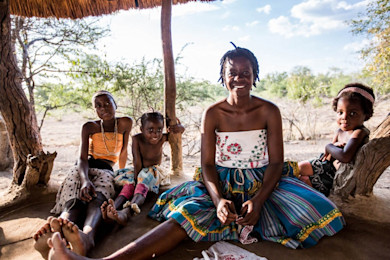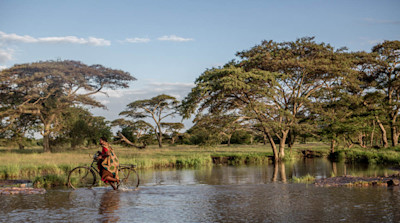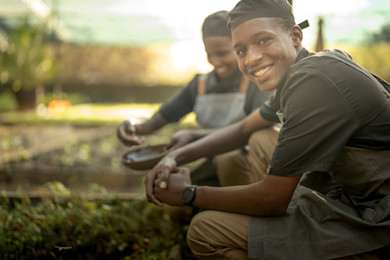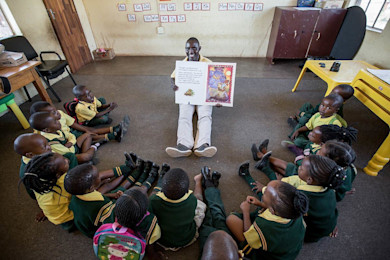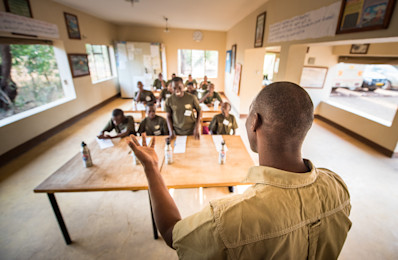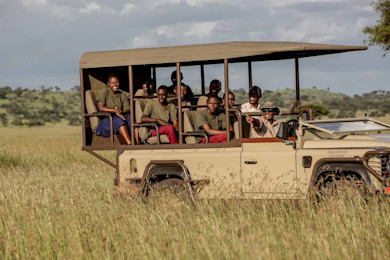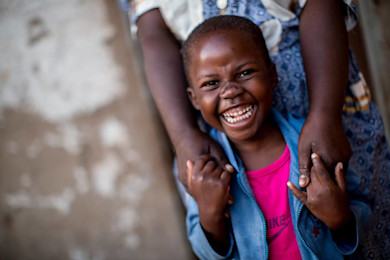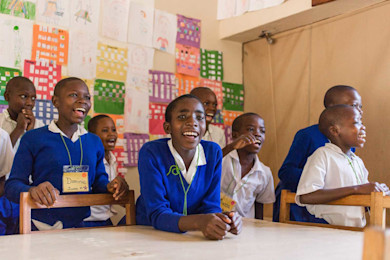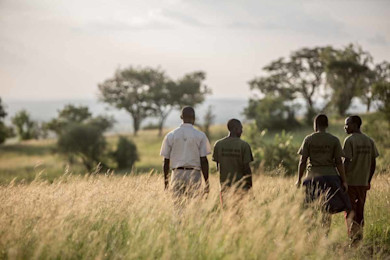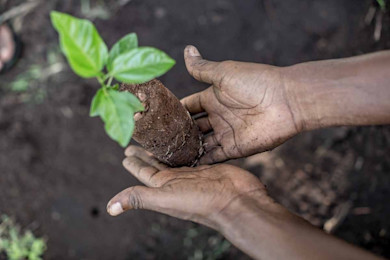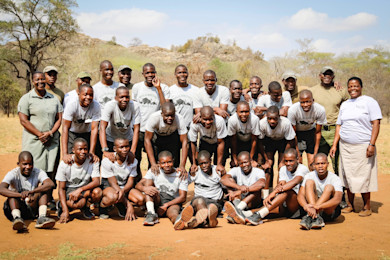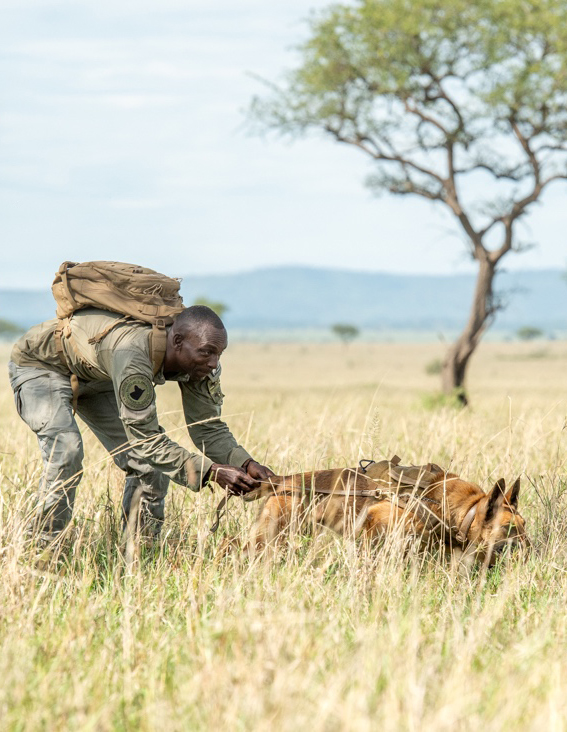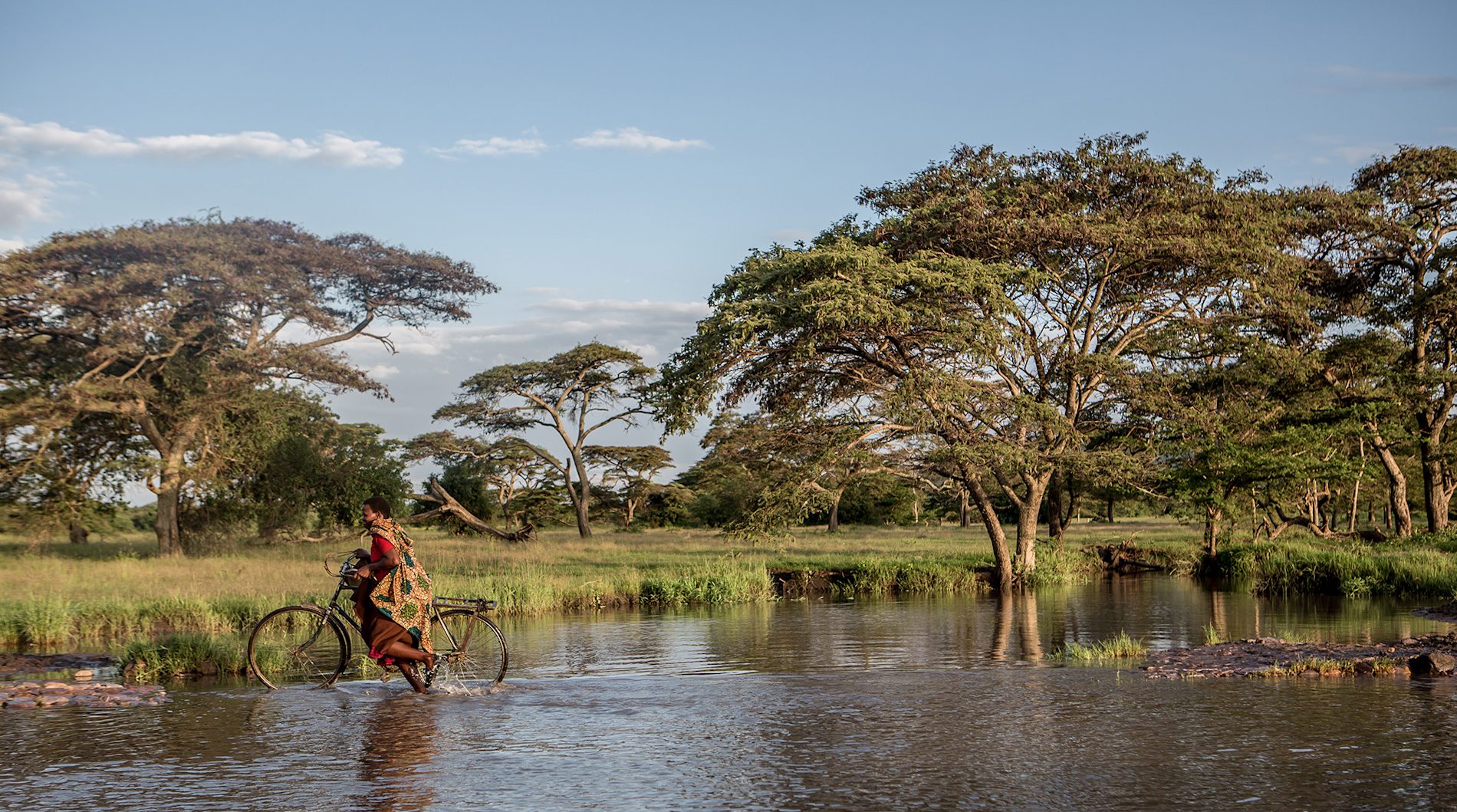
Community at Singita
Apart from restoring, securing and safeguarding unique wilderness areas and wildlife, Singita strives to build strong community partnerships with our many neighbouring villages, and to assist them to thrive economically and socially.
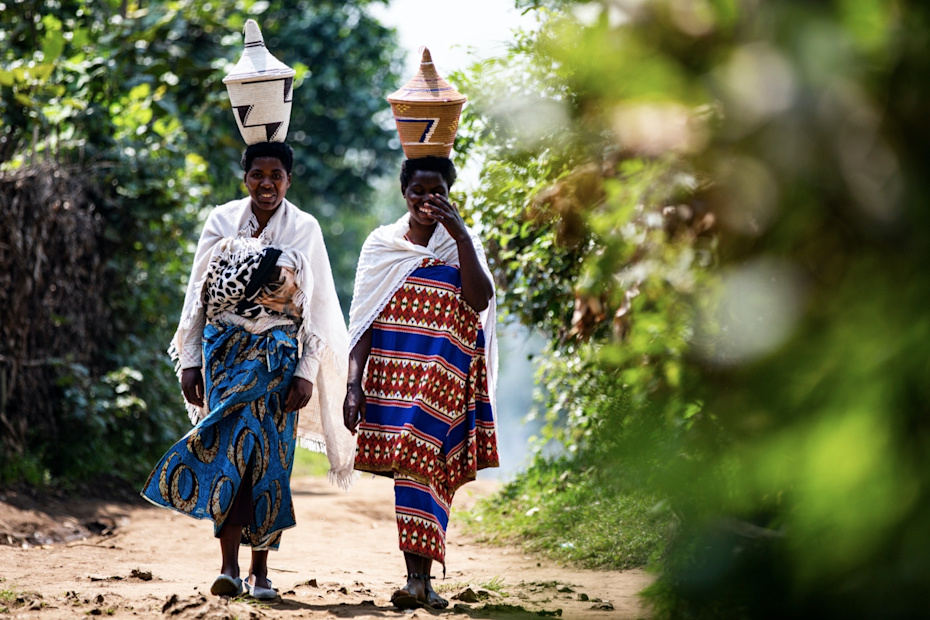
In the words of Luke Bailes
“Community partnerships only work if our commitment to local communities is so deep that they trust that what we’re doing – preserving this land – is in their interest.”
The impact of community work is integral to Singita’s 100-year purpose and it isn’t enough to support the people who live in and around our lodges with token contributions to small business or education.
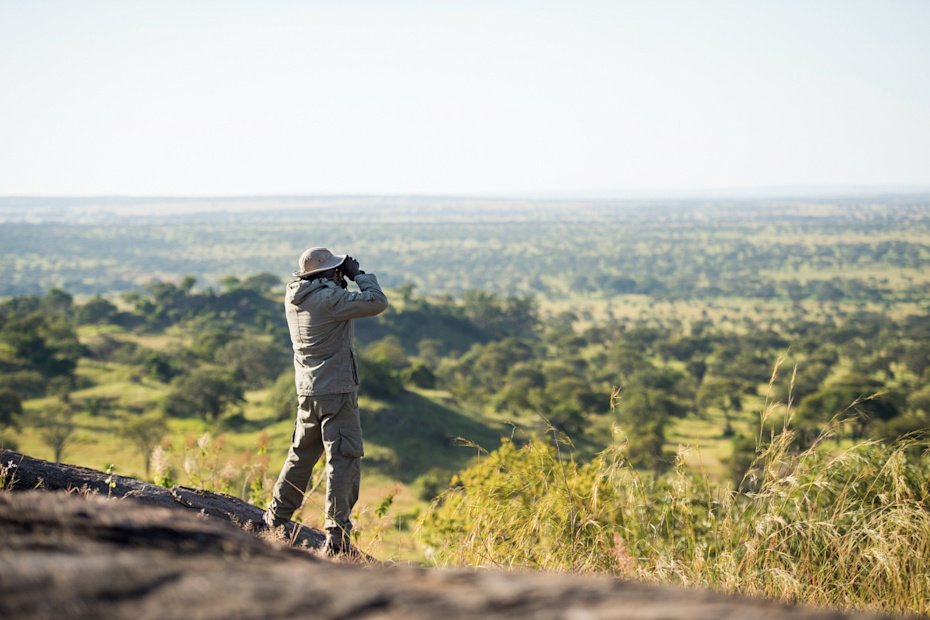
Our dedicated initiatives across all regions include a strong focus on education and range from Early Childhood Development to onsite environmental education for school groups, academic bursaries and scholarships, digital learning opportunities for remote villages, English classes and adult bridging courses – as well as gender empowerment for woman and girls. We also support small and medium enterprise development and livelihoods such as smallholder agricultural cooperatives that supply to our lodges, honey production, and local arts and crafts.
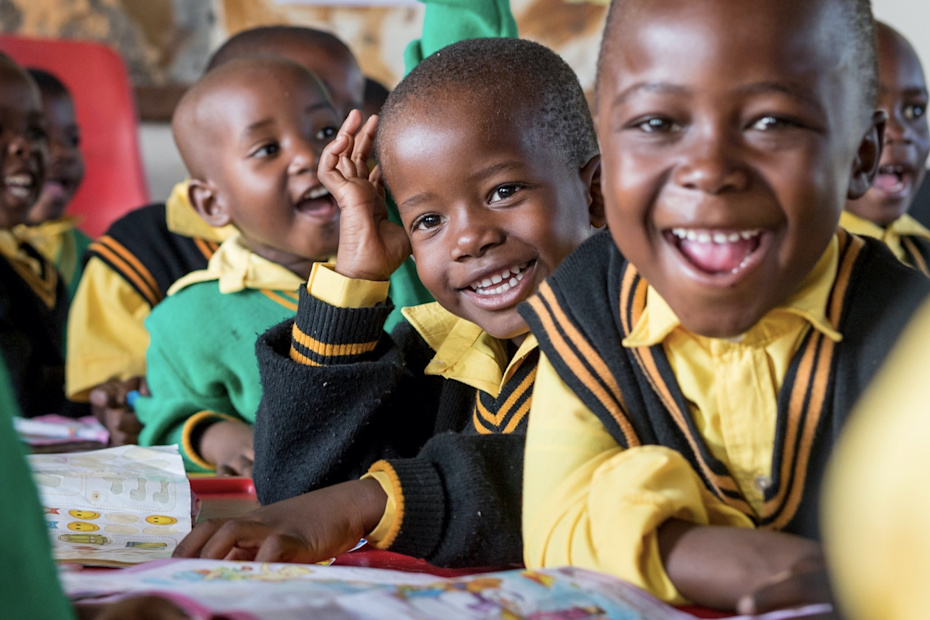
Our Community Partners
Conservation Partner
Grumeti Fund
As the custodian of more than 350,000 acres of the world-renowned Serengeti ecosystem in Tanzania, Singita’s partnership with Grumeti Fund has had a profound impact on the Serengeti ecosystem. The non-profit Grumeti Fund carries out wildlife conservation and community development programs in and around the Singita Grumeti Reserve.
Faced with challenges including uncontrolled illegal hunting, rampant wildfires and spreading strands of invasive alien vegetation when they took over the management of the area in 2003, the Fund dedicated itself to transform severely depleted wildlife numbers into thriving populations once more. Restoring this once barren and highly degraded region to a flourishing wilderness, their successes include the remarkable recovery of many species – including buffalo, wildebeest and elephant populations, and in 2019, the Fund carried out the largest single relocation and reintroduction of 9 critically endangered Eastern Black Rhino.
The non-profit Fund is fiscally independent in its conservation and community project operations. Funds are derived in the form of donations from Singita guests, NGOs and philanthropists seeking to make a lasting contribution to the sustainability of conservation work in Africa.
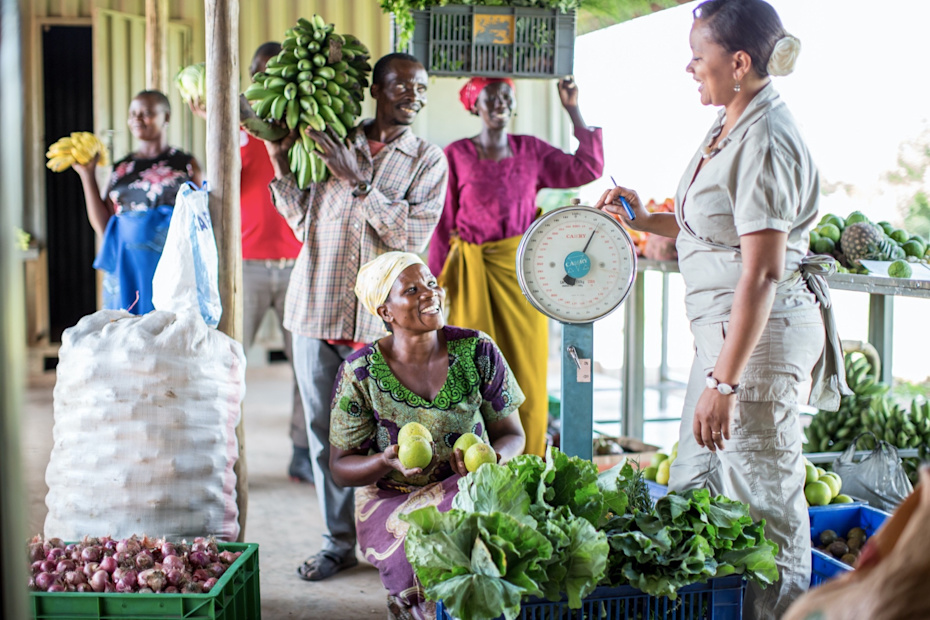
Conservation Partner
Singita Lowveld Trust
Our biodiversity projects focus on maintaining healthy, well-functioning ecosystems and habitats in the reserves in which Singita operates. These ecosystems are vital for the protection of a diverse range of wildlife, including species of conservation concern, such as rhinos, leopards, lions, wild dogs and vultures.
As we strive for the restoration and regeneration of our rich wilderness landscape, we can’t do this without the support and in collaboration of our communities. Together we're committed to ensuring that people living alongside wilderness areas not only benefit from tourism and conservation jobs but also experience lasting socio-economic growth.
Download the SLT brochure to find out more about their programmes.
As we strive for the restoration and regeneration of our rich wilderness landscape, we can’t do this without the support and in collaboration of our communities. Together we're committed to ensuring that people living alongside wilderness areas not only benefit from tourism and conservation jobs but also experience lasting socio-economic growth.
Download the SLT brochure to find out more about their programmes.

Conservation Partner
Malilangwe Trust
As custodians of the Malilangwe Wildlife Reserve in Zimbabwe, the Malilangwe Trust manages the conservation of this pristine wilderness – which comprises 38 different habitats and ecological zones in 115,000 acres of protected land.
After successfully introducing 28 black and 15 white rhinos to the reserve in 1998, it is now home to a globally significant population of both and the programme has been so successful that it is a source for restocking rhinos in other reserves on the continent.
The Trust has developed a blueprint for creating harmony between conservation initiatives and community development in villages that neighbour wildlife areas and ensured a sanctuary for a wide range of wildlife, including breeding herds of rare antelope species such as sable and roan.
An onsite Environmental Education Centre for school teachers and children allows them to immerse themselves in Outdoor Education and fieldwork, while the Trust’s nutrition programme provides 20,000 children with a fortifying meal before school every day in order to address increasing food insecurity in the region.
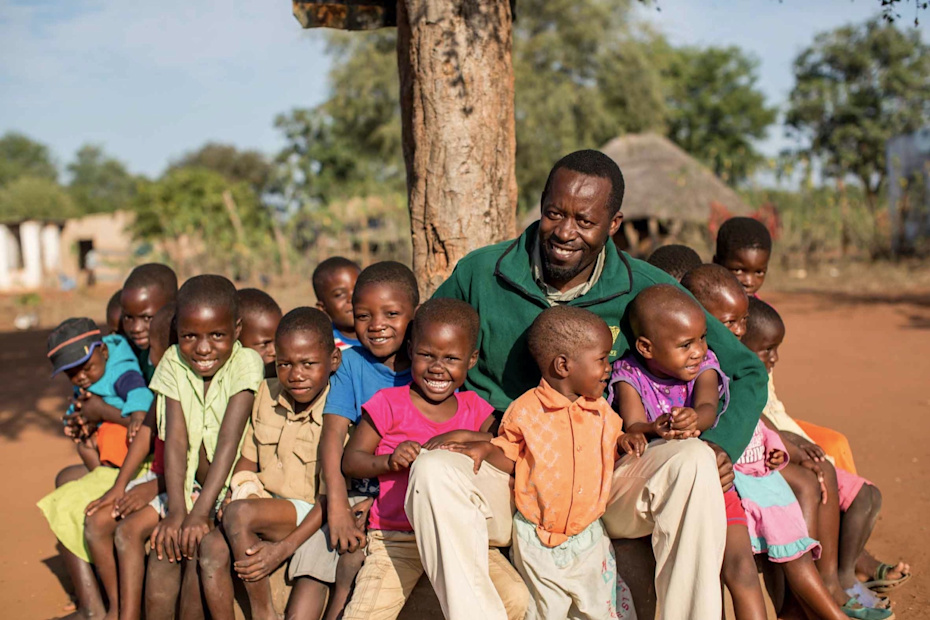
Community Projects
AllTanzaniaZimbabweSouth AfricaRwanda
AllTanzaniaZimbabweSouth AfricaRwanda

